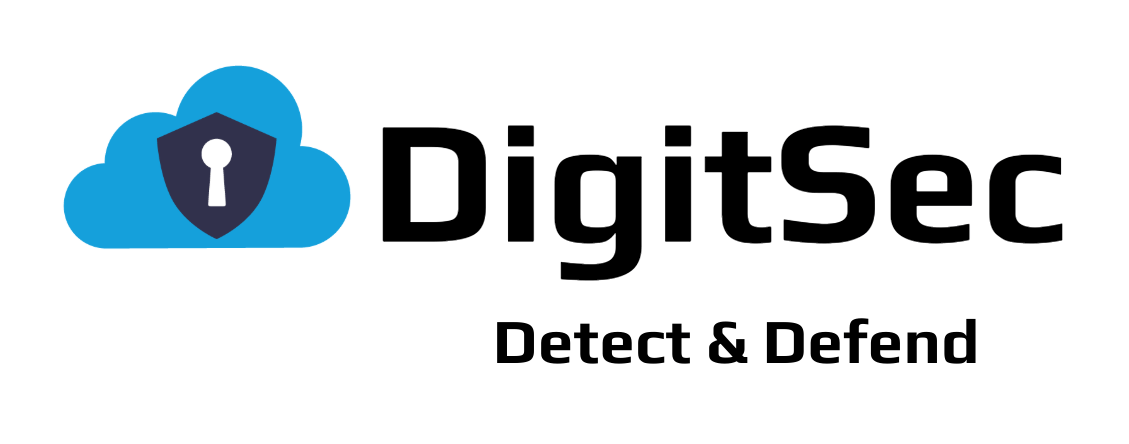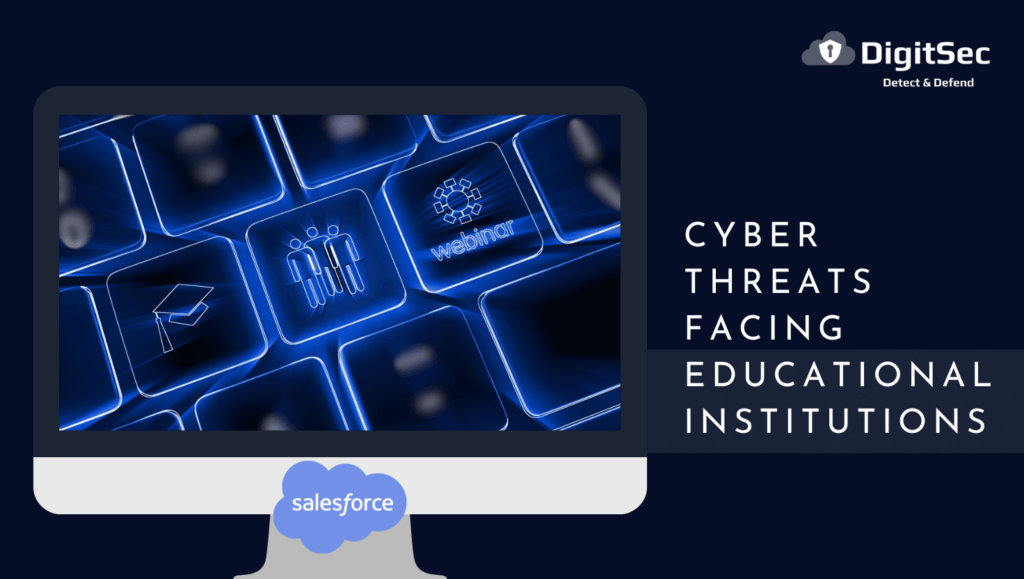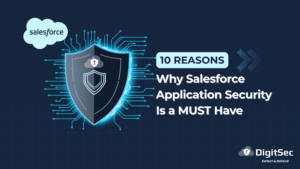The media is frequently filled with reports of high-profile cyberattacks that devastate financial institutions, billion-dollar corporations, and retail giants. Surprisingly, however, the education sector experiences more cyberattack incidents than any of these industries. Recently, it was noted that 2023 was the worst year for ransomware attacks on educational institutions. There was a reported 105% increase in attacks against K-12 and higher education institutions.
Supporting an academic environment that values free and easily shared information means that higher education institutions cannot completely secure their systems against attacks. Additionally, ransomware is specifically designed to extract data from higher education institutions since it can contain valuable PII such as financial data, medical records, and Social Security Numbers. K-12 and universities must enhance their cybersecurity measures to protect the welfare of their students and staff while maintaining their trust.
Most universities engage in various forms of research that can contain intellectual property and sensitive information that is used by the government and critical infrastructure. If this data is compromised, it can cause a national security risk, financial losses, reputational damage, and other ramifications that can impact staff and student’s safety.
Educational Institutions are a revolving door of students and, at times, staff. As students move up in the system, more data is added to support current and future educational endeavors. Teachers, professors, and other staff may still have access to an institution’s network after they move on, especially alumni, creating a different ever-evolving user dynamic. This puts a significant strain on IT and cybersecurity teams. In K-12, parents and/or students have access to networks for registration, homework assignments, email, student grades, and other pertinent school information. Cyber security practices among students and parents are severely lacking, and that can easily lead to network and data compromise. In addition, there are significant budget and resource constraints, especially in public K-12 institutions, that place limitations on securing IT systems.
Remote Learning Skyrockets Cyber Threats
After the COVID-19 pandemic forced teaching online in 2020, most universities and colleges have continued to operate under a remote or hybrid learning model. The rapid adoption of SaaS applications for online learning and accessing student information meant that security teams were not given enough time to scale up existing solutions, implement new security policies, and invest in new tools. This leaves students and staff at a much greater risk of being tricked by advanced social engineering tactics, potentially causing larger data breaches when using unsecured home wireless networks.
The education sector currently uses SaaS applications for Learning Management Systems (LMS), Student Information Systems (SIS), E-learning platforms, data platforms, and SaaS education software. Many of these applications can be customized to fit the needs of the organization. However, application development can lead to a threat vector if there are vulnerabilities.
Salesforce for the Educational Sector
The education sector uses a specific Salesforce product called “Salesforce Education Cloud,” an education CRM designed to support students, faculty, and staff. Salesforce Education Cloud includes recruitment and admissions, student success, advancement and alumni relations, lifelong learning, communications, marketing, and engagement features. This allows educational institutions to interact with students and parents throughout the educational lifecycle. Every institution is different and may have to adhere to certain regulations where their Salesforce applications may need to be customized and require constant testing and security measures to ensure reliability and compliance.
PII and the Shared Responsibility Model
As noted above, educational institutions on every level store a variety of Personally Identifiable Information (PII) related to their students, faculty, and alumni, making them prime targets for cybercriminals. Cybersecurity and development teams must collaborate to identify code vulnerabilities that could lead to unauthorized access, exploits, or breaches, resulting in the exposure of sensitive information, data leaks, ransomware attacks, and other security issues. During the development of applications, vulnerabilities of varying risk levels will always be present. It’s important to identify and understand these vulnerabilities to secure the applications, as even a single vulnerability can pose a serious threat to students, parents, faculty, alumni, and the institution, especially those who conduct research and have medical facilities.
DigitSec is a comprehensive Salesforce code and config security scanning platform that is easy to use, delivers immediate value, and provides a positive business impact. DigitSec is an ideal solution for cybersecurity teams and developers to find security vulnerabilities, recommend corrective action before deployment, and enable faster delivery of secure applications. DigitSec is SOC 2 Type 2 compliant, following internal best practices of security controls, policies, and procedures.
To find out how educational institutions can find, correct, and mitigate risk in their Salesforce Education Cloud application development, visit us at www.digitsec.com or email us at sales@digitsec.com.






